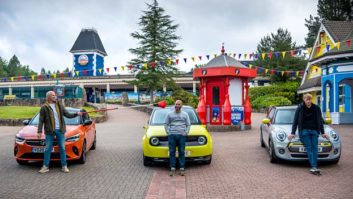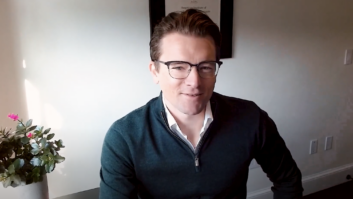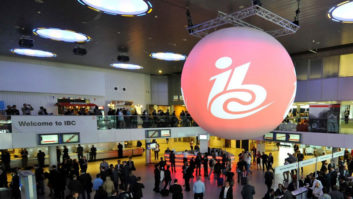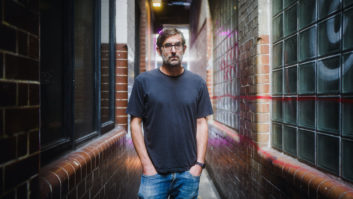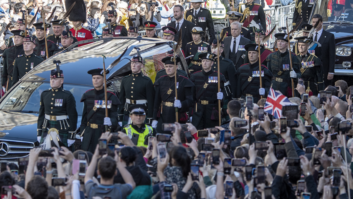Gravity Media employed a remote production workflow for its live coverage of last month’s Pho3nix SUB7 SUB8 Triathlon in Germany.
The remote IP production was switched in Sydney with 16 cameras beaming in from the Lausitzring racetrack in Brandenburg. The broadcast included nine and a half hours of live racing bookended with pre-show and post-show content, featuring a host of special guests, pre-recorded content, and technical analysis.
The decision to use remote production for the event meant that Gravity was able to have a small team on site, with everyone else working in Australia, reducing the production’s carbon footprint.
“We decided to use Aviwest technology so we could send all the cameras on the internet,” Solene Zavagno, general manager at Gravity Media France tells TVBEurope.
“We had proven have that the setup at that location worked perfectly, all the cameras were synced, everything was sent back to Australia and edited there. There were about 14 people on site in Germany and around 20 in Australia.”
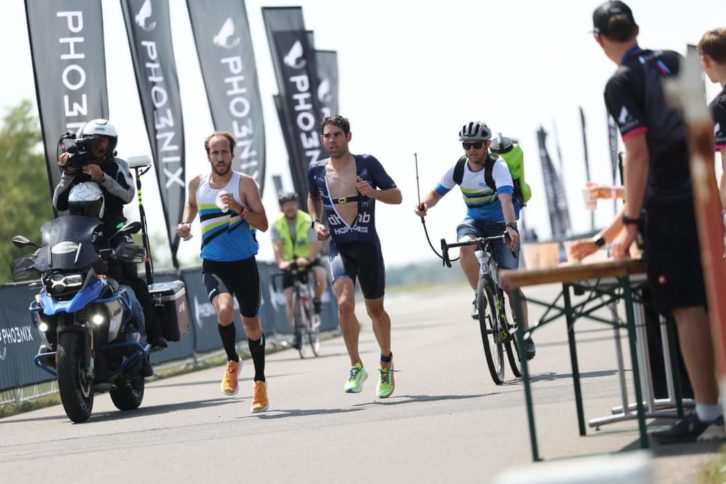
The team at Gravity Media conducted a number of tests to check the setup would work smoothly on the day. “I think we did five, but not not necessarily all from Germany,” adds Zavagno. “We obviously tested production over the internet, video signal, intercom systems, all the different bits and pieces just to make sure it was working. We went to the site to survey it twice, just to check the network coverage, and make sure we wouldn’t have any issues on that side of things.
Feeds from 20 cameras, including motorcycles, polecams, a drone, and a Gyro-head camera Shotover, were sent to the two control rooms in Sydney via AviWest bonded technology. Other technology included 20 EVS record ports spread across three XT3 servers linked in the control room, seven SRT return video feeds, three GFX engines, multiple edit suites across Australian and Germany, two dedicated highlight loggers, a social media team managing all the social content, and all on screen graphics led by Gravity Media Australia’s design team and produced by Girraphic.
All of the cameras were synced before they were sent to the location, with latency of around one second.
“There was no cabling on site,” eadds Zavagno. “The only cable used was for a small studio with the commentators that was sent back to the control room. We had no OB van. Nothing that you would usually expect for this kind of set-up.
“We were also sending back the Unity intercom system, and some other feeds. All the graphics and directing were done in Australia.”
Asked what was the biggest challenge of the project, Zavagno says it was the time difference. “The race itself started about 7am local time and we were broadcasting from 6am. The crew had to be on site at 3am. The production finished that 3.30pm German time, so that was quite late in Australia.
“But everyone worked together really well. We have engineers that are used to work having to adapt for a client’s needs. I’d say it actually went better than we originally thought.”

